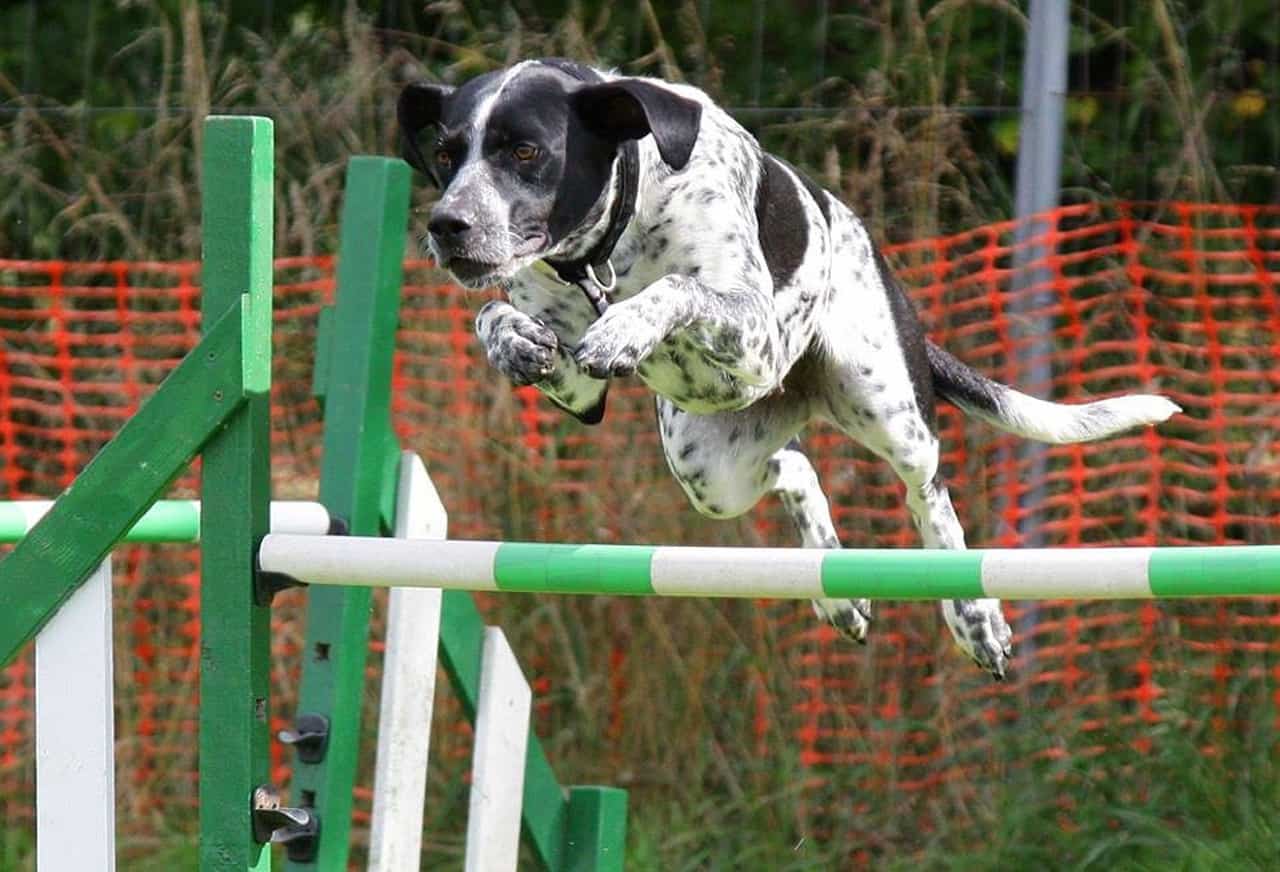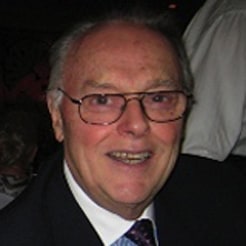
‘Flex-Agility,’ the Leadership Quality Essential for Staying on the Leading Edge
The dynamic and ever-evolving landscape of globalized business, coupled with continuous technological advancements, demands that leaders, colleagues, and organizations cultivate the ability to swiftly adapt and respond to evolving work requirements amid uncertainty. The essential quality empowering leaders at all levels to navigate this complexity and remain at the forefront of innovation is flex-agility.
The word “flex-agility” – which is defined as the “capability of responding rapidly, when an opportunity opens up, and having the flexibility needed to effectively and efficiently create course corrections, and execute solutions in a flexible way” – is coined in the informative book, The Art of Strategic Leadership: How Leaders at All Levels Prepare Themselves, Their Teams, and Organizations for the Future (2016), by Steven Stowell and Stephanie Mead, authors and practitioners at the Center of Management and Organization Effectiveness, in Sandy, Utah. In their book, they define five elements of flex-agility:
- Becoming built for speed: When speed is balanced with the appropriate level of analysis, it is the ultimate strategic weapon. We need to become capable of quickly discerning and implementing a need for an adjustment and rapidly pursuing a smart idea. Our methods, processes, systems, and even the infrastructure of our teams need to become structured to shift quickly when needed. Joseph Addison, an English essayist, poet, playwright, and politician (1672-1719), sums it up well: “He who hesitates is lost. Swift and resolute action leads to success; self-doubt is a prelude to disaster.”
- Exercising dexterity: In our minds, possessing dexterity allows us to perform with ease and mastery, which gives us the capability of prospering. Leaders who practice flex-agility quickly assess situations and reframe their options, responses, and next moves.
- Letting go of the old and learning the new: Rapid adjustment is essential for long-term success. On the one hand, adjusting to change makes sense. But on the other hand, letting go of the familiar, tried-and-true practices that got our organization where it is today is challenging. Maintaining success will require us and our teams to assimilate new attitudes, behaviors, and ways of thinking. We have to become flex-agile enough to lead the change and influence our coworkers to buy into the new direction or cause.
- Shifting between strategic and operational work: Becoming capable of facilitating shifts between strategic and operational work is important. To achieve strategic goals, we have to allocate some time and energy to thinking in new ways, reaching decisions, resolving challenges, and creating new processes.
- Responding to the unexpected: As strategic leaders, our commitment to the current organizational strategy or approach to doing business must only be as long as it works. If the current approach or plan hits a snag or stops working for any reason, we have to be quick to reevaluate methods, reach decisions, and test responses to the changes made. We also need to anticipate a variety of scenarios and devise appropriate contingency plans ahead of time, so we are not caught off guard should any of those situations unfold. We should not be so committed nor attached to initial plans that we don’t leave room for flexibility and changes.
Last year (2023), the Center for Creative Leadership. a top-ranked global provider of executive education using research to develop people into more optimal leaders, outlined a list of ten essential leadership qualities to enable flex-agility. They are:
- Integrity: The quality of becoming honest and having strong moral principles.
- Delegation: The transfer of responsibility for specific tasks from one person to another.
- Communication: The act of giving, receiving, and sharing.
- Self-Awareness: Our capability of perceiving and understanding the things that make us who we are as individuals, including our personality, actions, values, beliefs, emotions, and thoughts.
- Gratitude: Gratitude is one of many positive emotions, and it is about focusing on what’s good in our lives and being thankful for the things we have.
- Learning agility: Learning agility is the capability of knowing what to do when we don’t know what to do.
- Influence: The capacity or authority of individuals or entities to exert a persuasive impact or induce changes in the actions, behaviors, opinions, and other aspects of others.
- Empathy: The ability to comprehend another person’s thoughts and emotions within a given situation from their point of view rather than one’s own.
- Courage: Mental or moral strength to venture, persevere, and withstand danger, fear, or difficulty.
- Respect: We accept somebody for who they are even when they’re different from us or we don’t agree with them.
In essence, adept leaders in flex-agility consistently engage in the practice of discerning what is effective and what is not. They maintain a vigilant awareness by actively monitoring a continuous flow of data. This proactive approach enables them to foresee and mitigate the impact of unforeseen challenges, respond promptly, and attain a high degree of flexibility in their implementation strategies.
Stowell and Mead close their book by referencing Sir Winston Churchill, British statesman, soldier, and writer, who served as Prime Minister of the United Kingdom twice – from 1940 to 1945 during the Second World War and again from 1951 to 1955. One of his famous quotes is, “to every man there comes in his lifetime a special moment when they are figuratively tapped on the shoulder and offered the chance to do a very special thing, unique to them and fitted to their talents. What a tragedy if that moment finds them unprepared or unqualified for the work, which could become his finest hour.”
We are now in 2024 with current news reflecting especially turbulent times. We are being tapped on our shoulders and challenged to create a strategic masterpiece of our own. An innovative flex-agile mindset can help us embrace change and undertake something truly exceptional!
- About the Author
- Latest Posts
Vice President Emeritus for Learning Technologies Donald Smith, Ed.D, CPT, headed ME&A programs in learning, leadership, and performance enhancement. He stayed with the firm in his retirement, bringing more than 65 years of experience as a coach, designer, facilitator, evaluator, manager, educator, and organizational change architect in more than 40 countries. He is affectionately known as ME&A’s MENCH.



